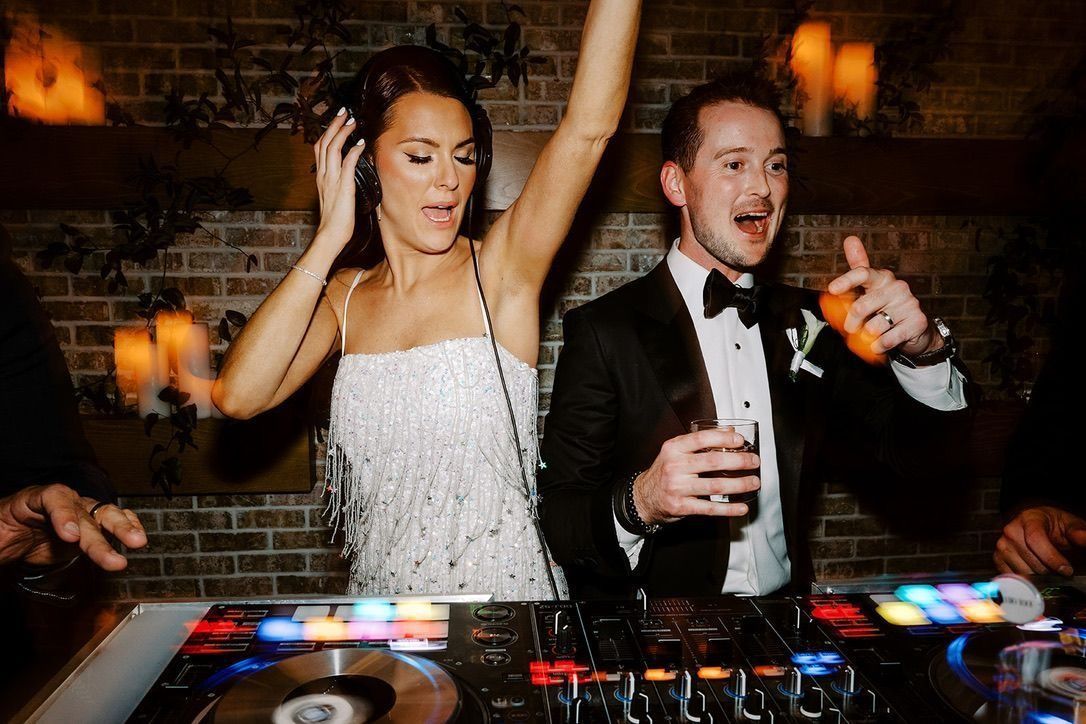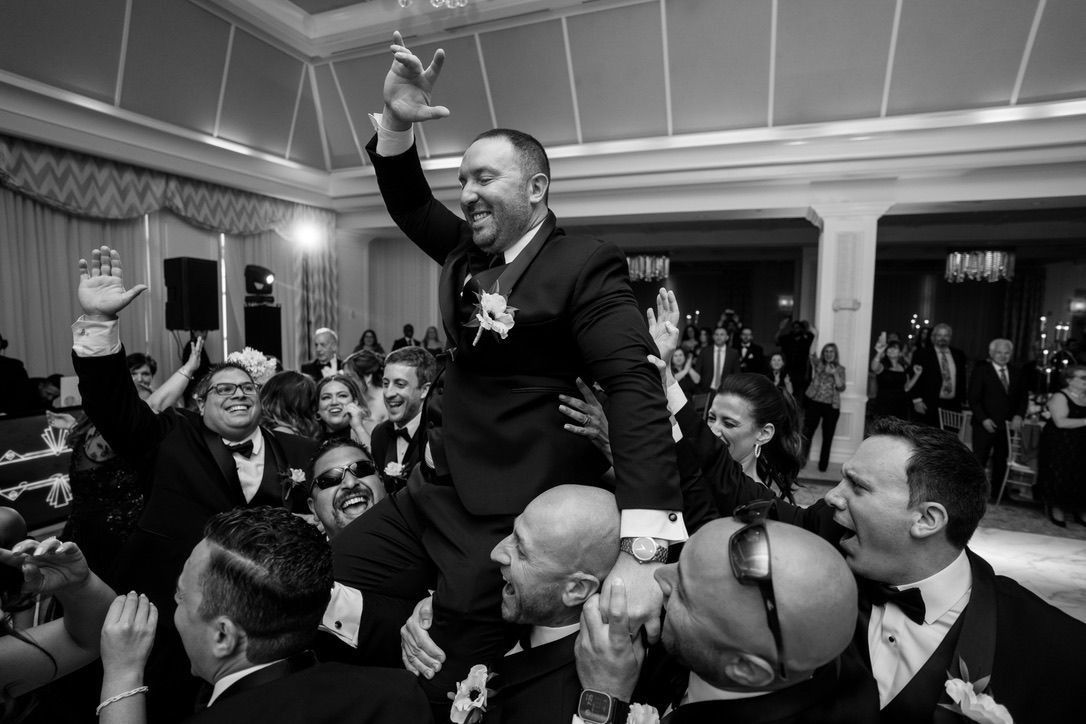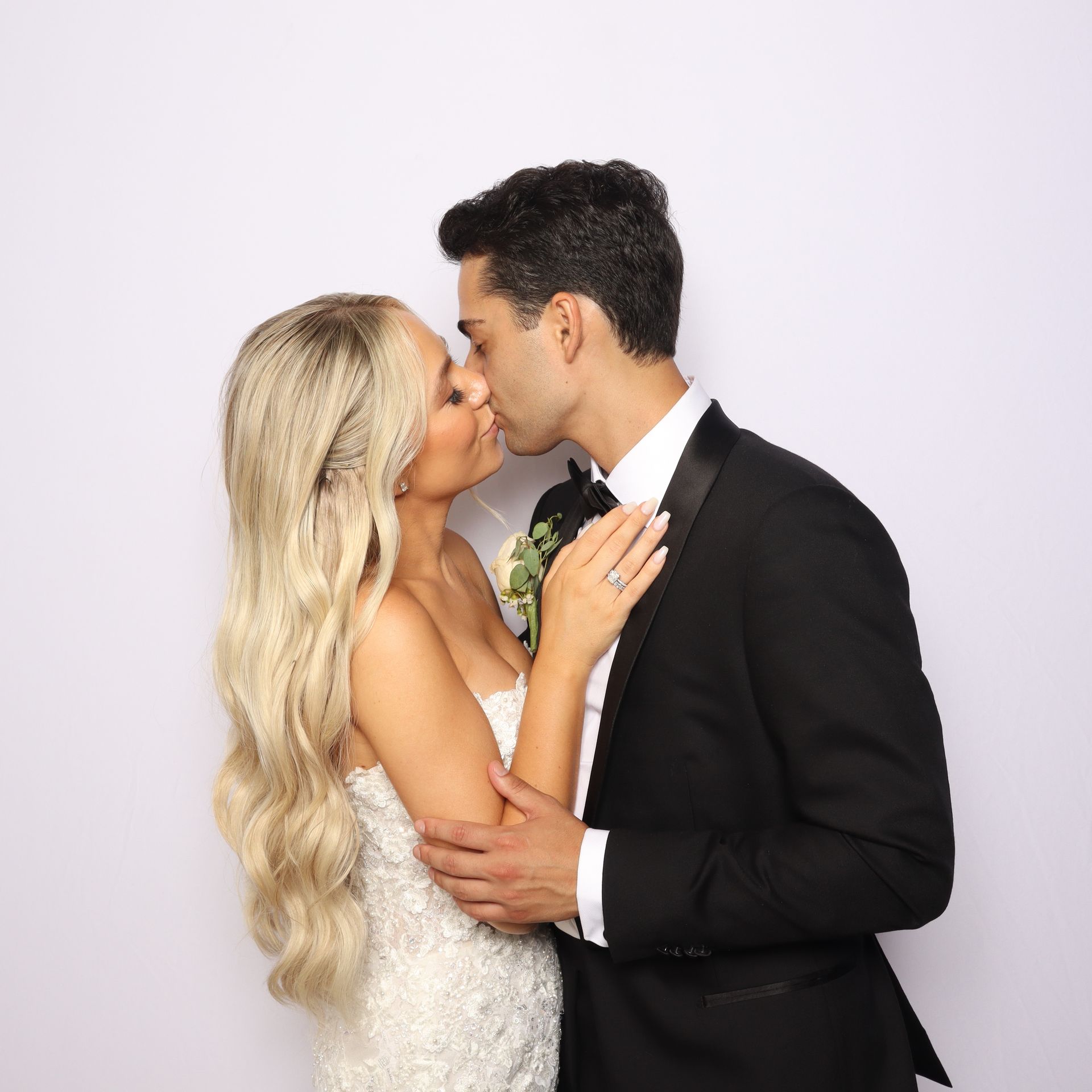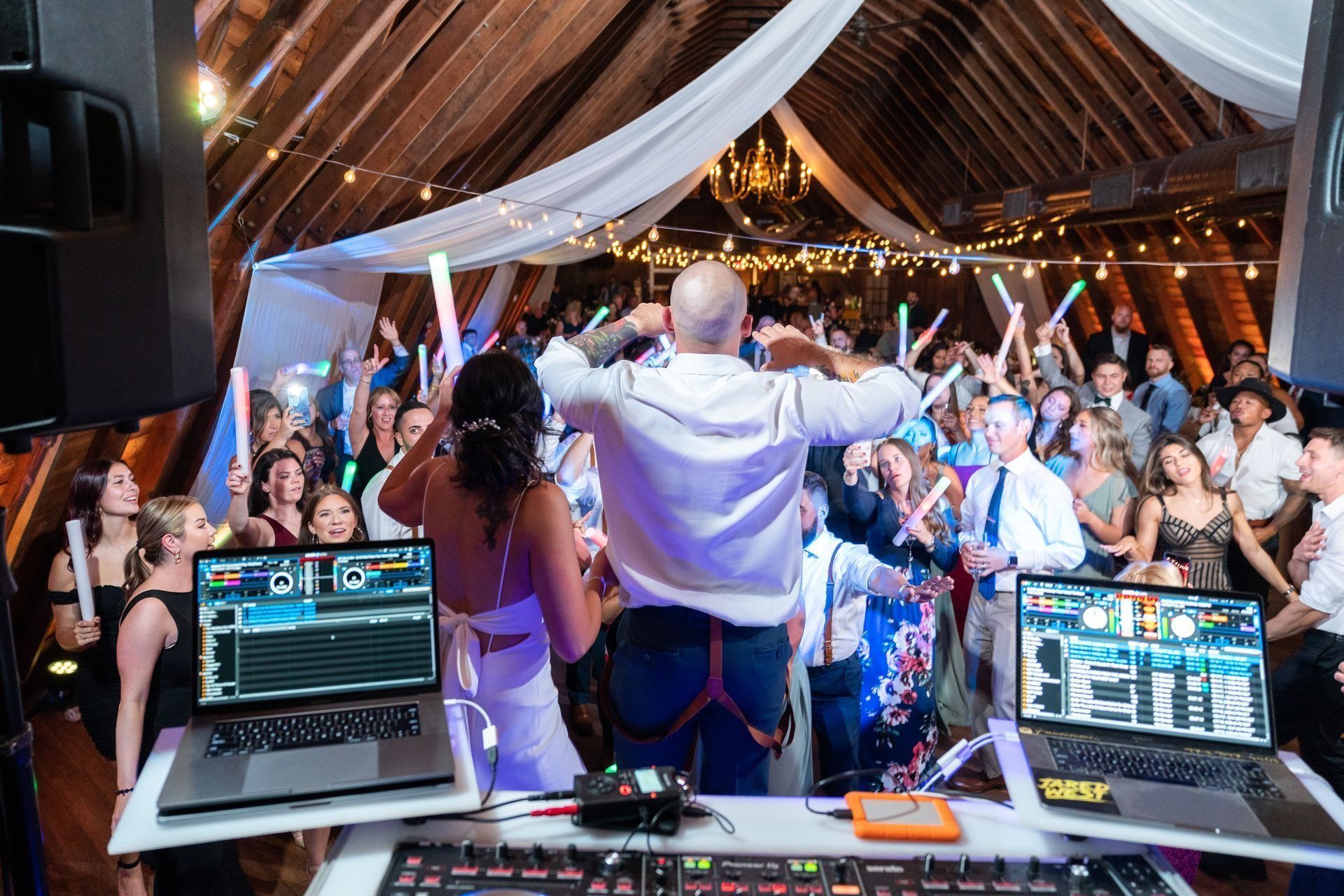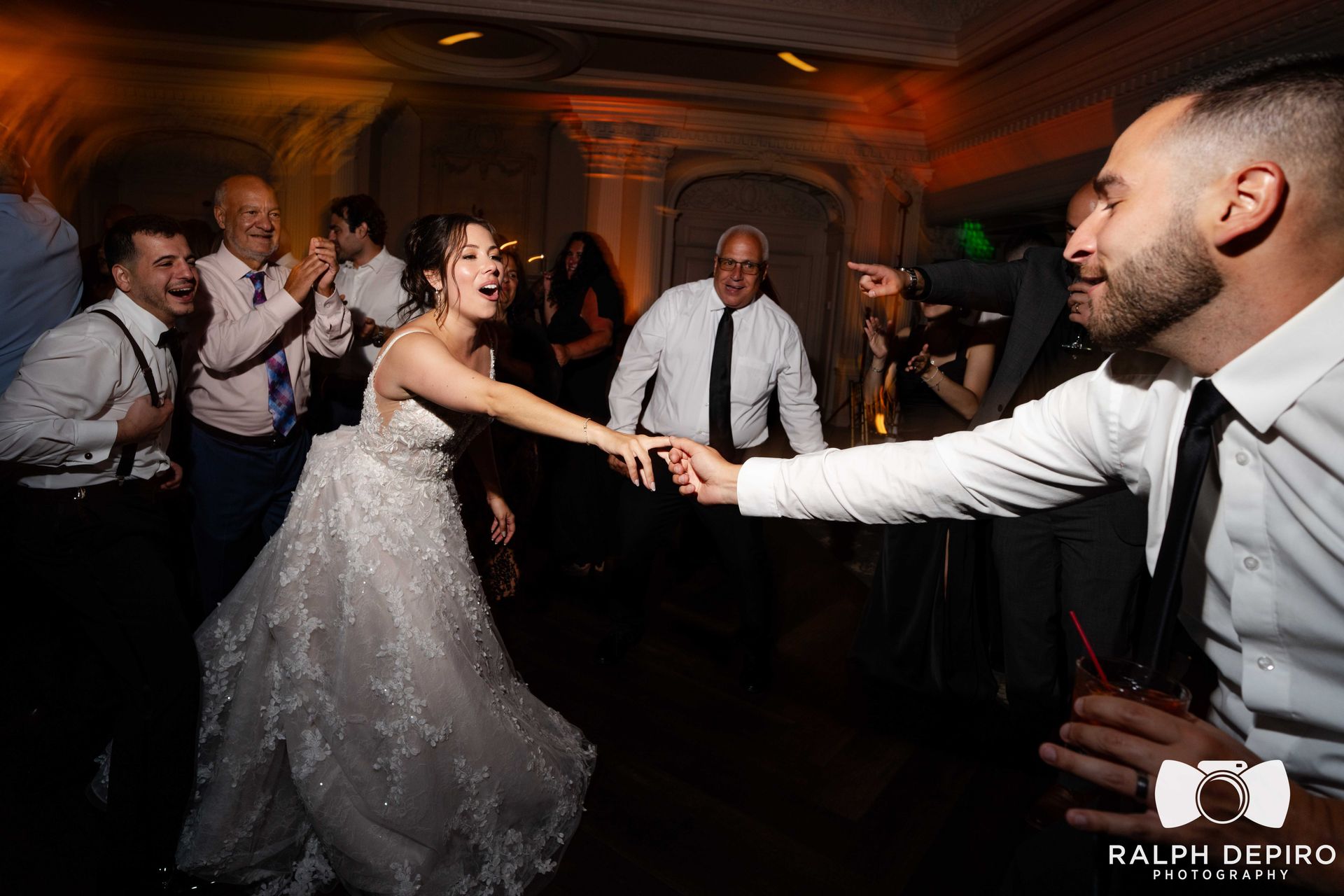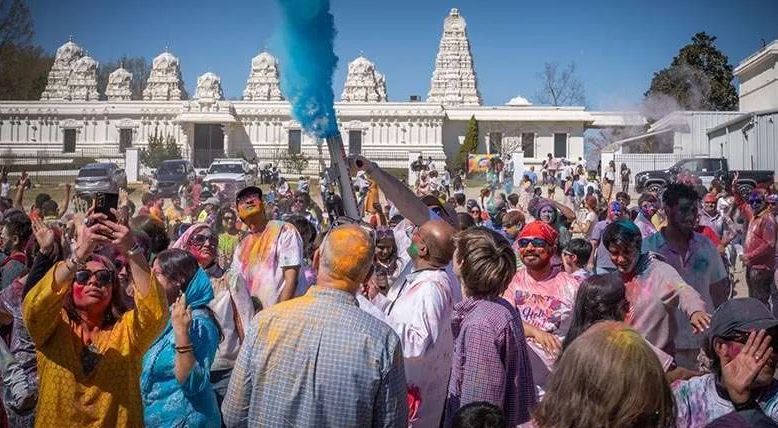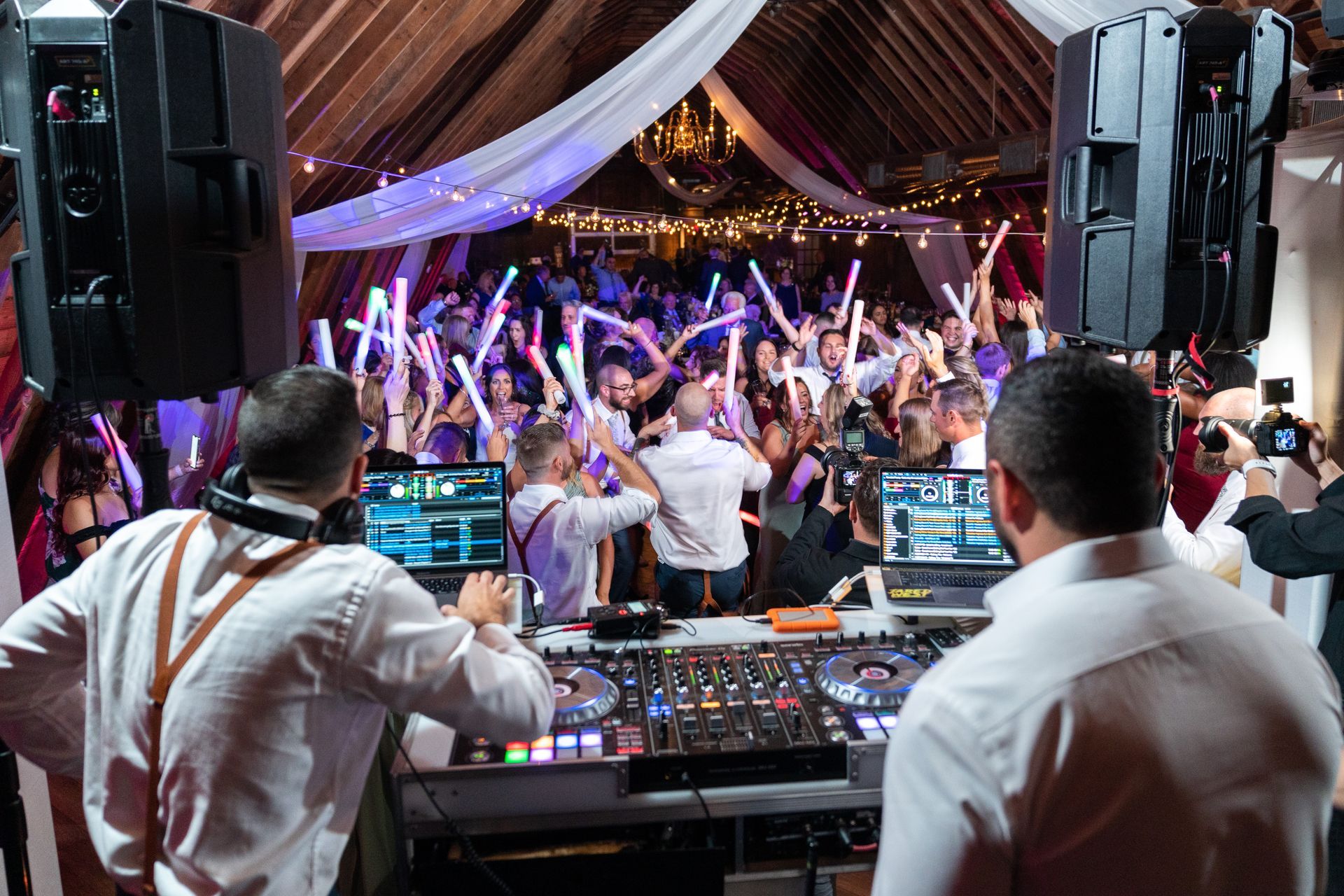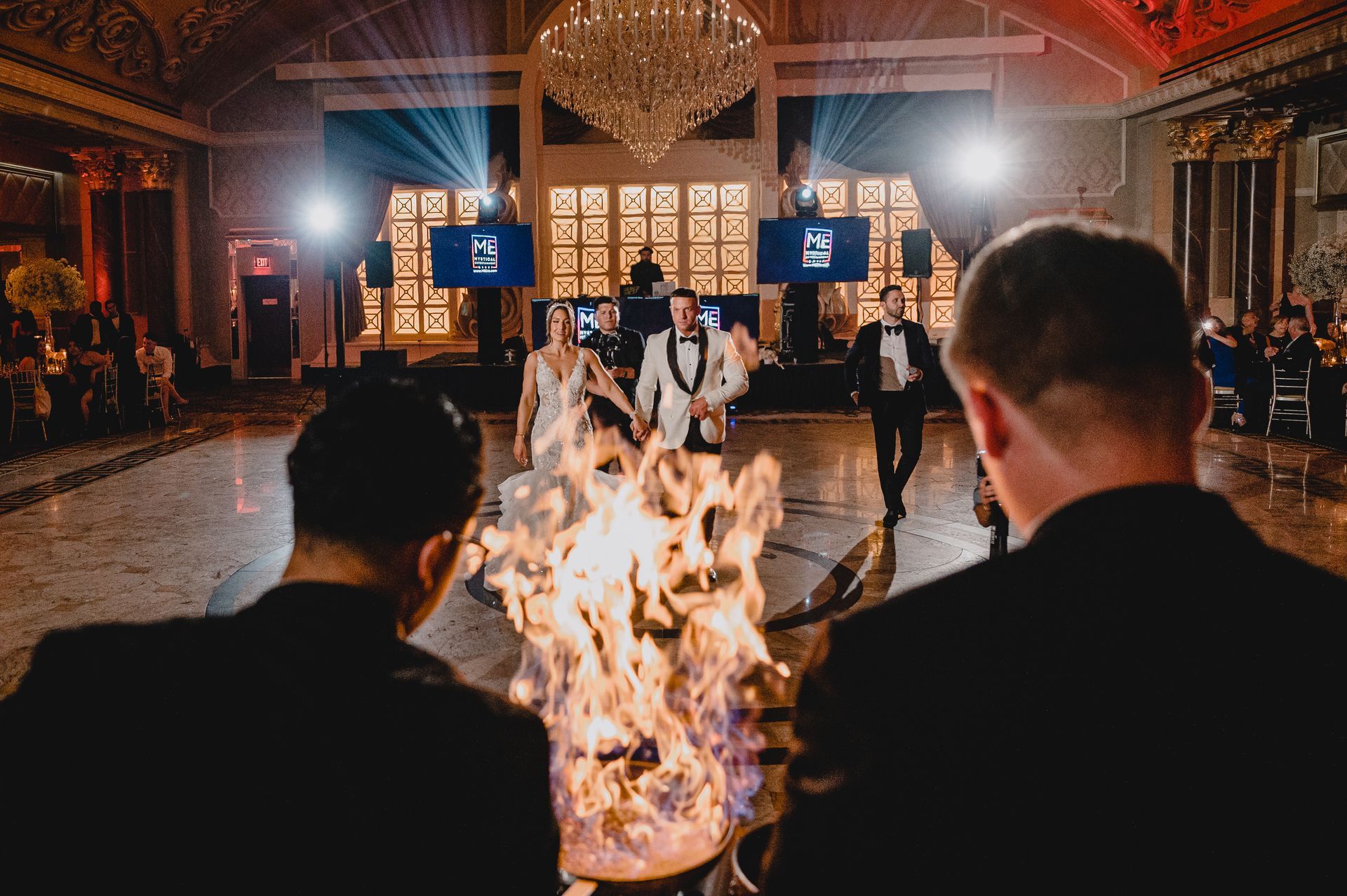BLOG

We want every same-sex / LGBTIQ+ couple to have the most amazing experience with their photographer. The love story that is shared and captured during a wedding is the most precious and fragile of all, and every moment should be captured with the utmost love and care. Take a look at these…
Tips For Photographer – Shooting LGBTIQ+ Weddings
Along with the influx of new photographers capturing same-sex weddings, we’ve seen a wave of questions about how to interact/pose/work with same-sex couples. We want to give some answers regarding this topic, as it is so important to understand the basics of the LGBTIQ+ community and relationships, prior to working with them. We are proud to be able to give some pointers and ensure that fellow vendors since we are Gay Wedding Certified.

1. Gender roles
First and foremost, same-sex couples defy gender roles. Until recently, the wedding field has been bi-gendered and strictly followed the norms assigned to each, but, a LGBTIQ+ wedding does not. Instead of posing same-sex couples, (and this is true for any couple), direct them. Or, use open-ended posing. Meaning, if you’d like the couple to be posed in X position, instead of using names, say, “I’d like one of you to be here, and other here, and this is what I want you to do”. Through the action, they will assign themselves their own roles based on what feels natural and comfortable for their relationship. Please do not believe you can follow gender norms even if one member of the couple seems feminine and the other masculine. I’ve worked with couples in this scenario in which their actions were quite the opposite of what one might expect. By allowing them to determine their roles, you’ll be able to create the most genuine and beautiful images that capture their love flawlessly
2. Inclusive language
Secondly, during your interactions with not only the couple, but with their friends and family, please use inclusive language. Use “wedding party”, instead of “bridal party”; “same-sex wedding”, or “LGBTQ wedding”, is better language than “gay wedding”. Furthermore, please be aware of terminology during the wedding, as there may be wedding party members that are not dressed to gender-norms. You may have women in suits with boutonnières, and women in dresses with bouquets. Every situation will be different, but being aware of these details will better everyone’s experience with you.
3. Get to know them
Spend time with your couples; get to know them. Learn how they interact, and what their love looks like. Be understanding that not all couples are comfortable with public displays of affection; keep in mind that they likely aren’t used to being chummy in public, because we often have to keep our affection low-key. In this instance, to help them open up and feel safe, shoot in a (semi-)remote location so that they can feel comfortable loving openly, without being watched. Most of all, just let your couples know you care about them and preserving their memories.
4. Family sensitivities
Every wedding has different family dynamics that can cause family sensitivities. Some couples will be graced with incredibly supportive family and others may have created a special family of friends, but until you’ve discussed this with your couple, you won’t know. Try approaching the family discussion in your initial meeting where you can ask if there are any family issues or sensitivities, and if they’re interested in having formal photos taken. These questions will answer whether both, one, or neither family is supportive. And, by asking this up front, you could help eliminate possible awkwardness on the wedding day. It’s important to remember throughout this conversation, and during the wedding, to be gentle and understanding with the couple. Reassure them and let them know their day will run smoothly. By showing your love and support, they will feel more comfortable and relaxed, allowing for a truly beautiful wedding, hopefully unaffected by the sensitivities they may be dealing with. Lastly, while this should go unsaid, be kind and good-natured with the family…they may have a change of heart before, or even in the midst of the wedding. Witnessing true love unite can be quite powerful and moving.
5. Correct use of pronouns
Working in this beloved community, you may have clients that are trans*, intersex, and/or genderqueer or gender-nonconforming. Thus, being informed of preferred pronoun usage (he, she, they, ze, etc.,) is quite necessary in order to be respectful with your couples, and/or their wedding party members. If you’re unsure, ask. They will be grateful of your awareness and compassion. As understanding gender can be difficult, you may encounter family members that refuse to use preferred pronouns. However, through your continued usage, not only will your couples and/or wedding party members appreciate and feel acceptance through you, you may help sway others to use the correct pronouns as well.
6. Over excitement
It’s great when vendors are excited to work with LGBTIQ+ couples, especially if it’s their first experience. Just remember that love is love and people are people with profound and very real feelings. People are drawn to one another by heart and by soul; ultimately, they are drawn together by what is on the inside, rather than how another appears. Keeping this in mind will benefit all of your interactions and relationships with LGBTIQ+ couples.


